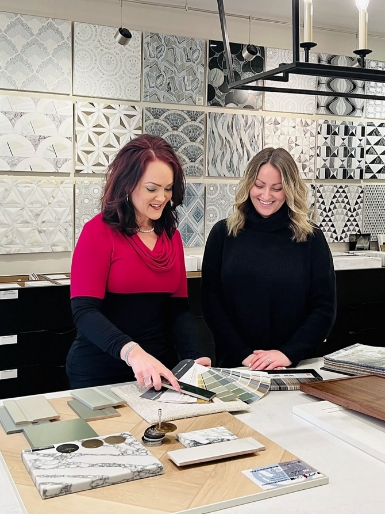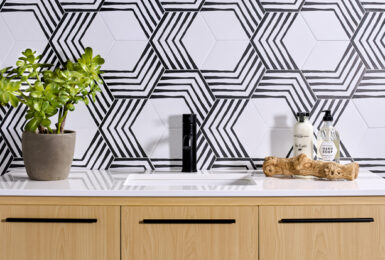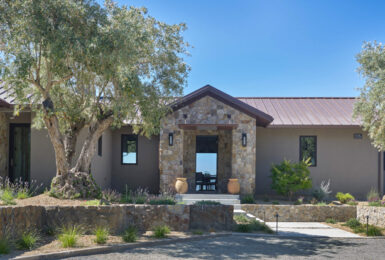Sustainable Solutions for Eco-Friendly Home Design
As we enter an era of environmental awareness, sustainable living for our homes is crucial. It’s not just about protecting the planet; it’s also about creating healthier living spaces for ourselves and future generations. By embracing eco-friendly practices, we can reduce environmental toxins and safeguard our personal and family health.
Read on to explore various sustainable solutions tailored to eco-friendly homes, from innovative materials to energy-efficient solutions.
Environmentally Conscious Paint Selections
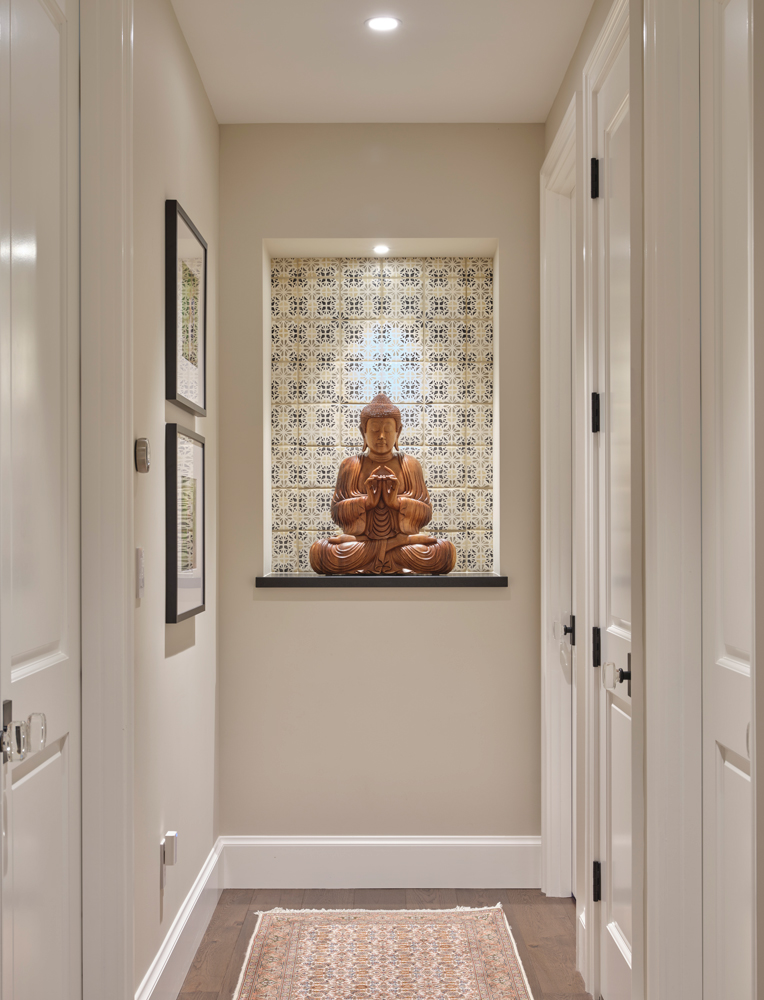
Understanding the significance of Volatile Organic Compounds (VOCs) in paints is crucial in creating healthier indoor environments. These compounds contribute to indoor air pollution and can harm the environment and personal health. Alternatives like no-VOC and low-VOC paint options can significantly reduce our environmental impact while safeguarding our well-being.
These eco-friendly paints not only lessen toxins in our water and soil but also improve indoor air quality, making them safer for our lungs to breathe. Choosing eco-friendly paints isn’t just about making a positive impact on the Earth; it’s also about prioritizing our own health and well-being, ensuring a brighter and healthier future for all.
Sustainable Flooring and Insulation

When selecting flooring for your home, it’s important to consider the well-being of children, especially concerning the health of their developing lungs. Eco-friendly flooring options play a significant role in ensuring a safe and healthy indoor environment for kids to thrive in. From bamboo to cork and reclaimed wood flooring, there’s a range of sustainable options to choose from. Bamboo, known for its rapid growth and renewability, helps reduce deforestation while providing durable and stylish flooring. Cork is harvested from the bark of cork oak trees – without harming them. It offers natural insulation properties and is resistant to mold and mildew, benefiting both indoor air quality and longevity. Reclaimed wood flooring not only reduces the demand for new timber but also adds character and charm to spaces while reducing carbon emissions associated with manufacturing new materials.
Additionally, other sustainable flooring options, such as linoleum, made from renewable materials like linseed oil and cork dust, and recycled rubber flooring derived from old tires, further contribute to minimizing environmental impact while promoting a healthier living environment. Sustainable flooring options tend to be more durable and easy to maintain, offering a long-lasting solution that can withstand the rigors of active play and foot traffic, ensuring a safer and healthier environment for both young and old occupants.
Environmentally Responsible Adhesives
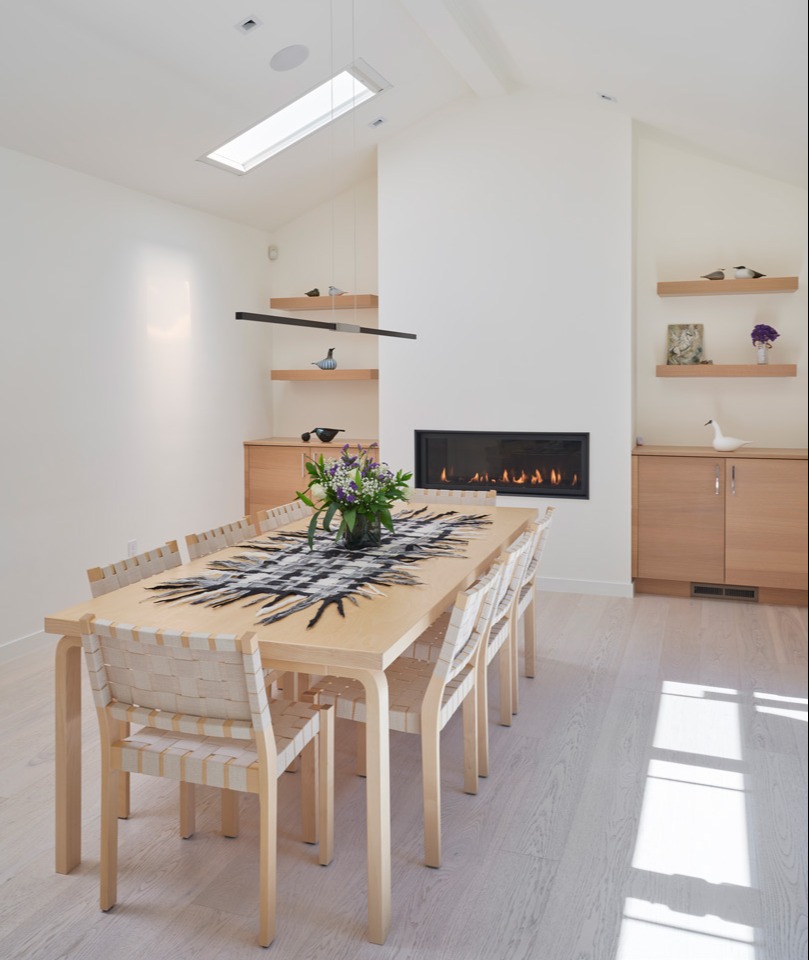
Environmentally responsible adhesives play a critical role in promoting both environmental sustainability and personal well-being. Like paints, traditional adhesives often contain Volatile Organic Compounds (VOCs), which can significantly deteriorate indoor air quality and pose health risks to occupants. By opting for low-VOC or formaldehyde-free adhesives, homeowners not only reduce their carbon footprint but also safeguard their own health and that of their families. These eco-friendly adhesives minimize the release of harmful toxins into the air, promote respiratory wellness, and ensure safer living spaces for all.
Embracing alternative joinery methods for sustainable furniture and cabinetry enhances their durability and longevity, contributing to reduced waste and resource conservation. Alternative joinery methods such as dovetail joints, mortise and tenon joints, dowel joints, tongue and groove joints, pocket hole joinery, and biscuit joinery offer durable and reliable connections without relying on adhesives. By incorporating these techniques, homeowners can create furniture and cabinetry that not only withstand the test of time but also contribute to a healthier and more sustainable living environment.
Eco-Friendly Textiles
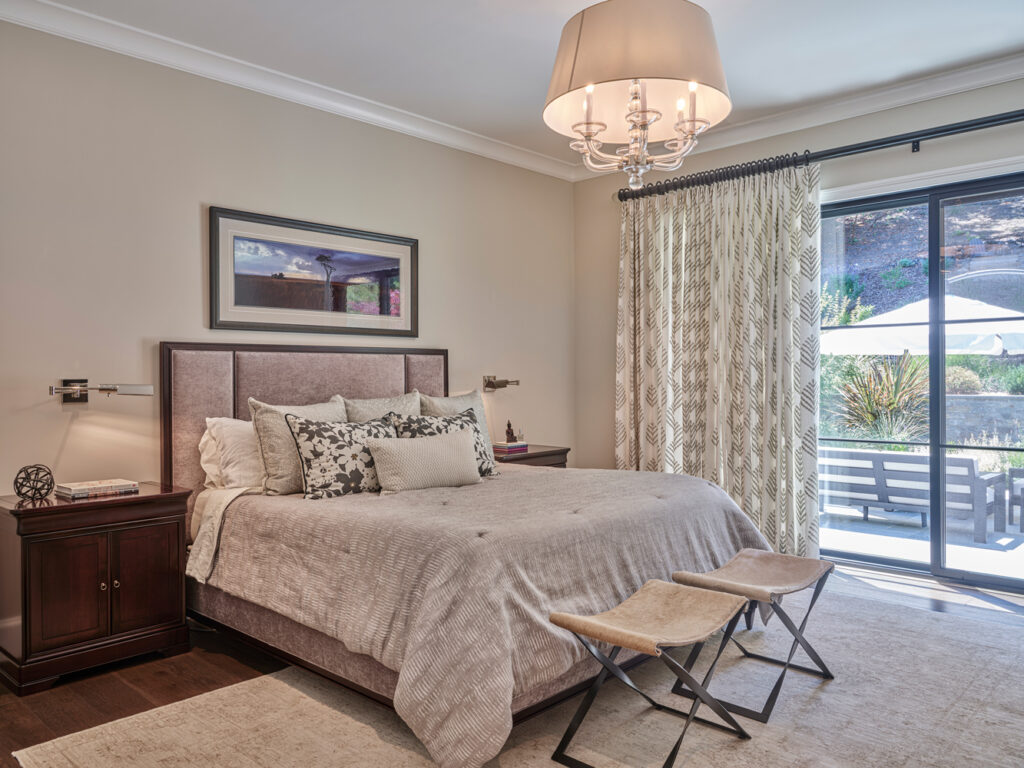
Embracing eco-friendly textiles offers a myriad of benefits, both for our homes and personal well-being. Natural fabrics such as organic cotton, linen, hemp, and wool contribute to a healthier planet by reducing chemical pollution and promoting sustainable farming. Organic materials are breathable and hypoallergenic, making them ideal for individuals with sensitivities or allergies. Additionally, these materials are free from synthetic dyes and chemical finishes, ensuring that our living spaces remain toxin-free, thereby supporting our own health while reducing our environmental impact.
An added benefit: homeowners find they sleep better because of the temperature-regulating properties of natural bedding materials.
Sustainable Alternatives to Conventional Foam

Conventional foam production poses significant environmental challenges, contributing to pollution, resource depletion, and habitat destruction. The manufacturing process of foam involves the use of fossil fuels and toxic chemicals, leading to greenhouse gas emissions and air and water pollution. Additionally, foam waste is often not biodegradable, persisting in landfills for centuries and further exacerbating environmental degradation.
In response to the environmental concerns surrounding conventional foam, there has been a growing interest in eco-friendly alternatives that offer similar comfort and functionality without the negative environmental impact. Sustainable alternatives to foam include natural materials such as organic cotton, wool, latex, and plant-based fibers like bamboo. These materials are renewable, biodegradable, and free from harmful chemicals, making them a more environmentally conscious choice for mattresses, pillows, and other household items. They help protect the air quality of your home. Additionally, eco-friendly alternatives often provide superior breathability, temperature regulation, and hypoallergenic properties, further enhancing their appeal for individuals seeking healthier and more sustainable living options.
Energy-Efficient Lighting
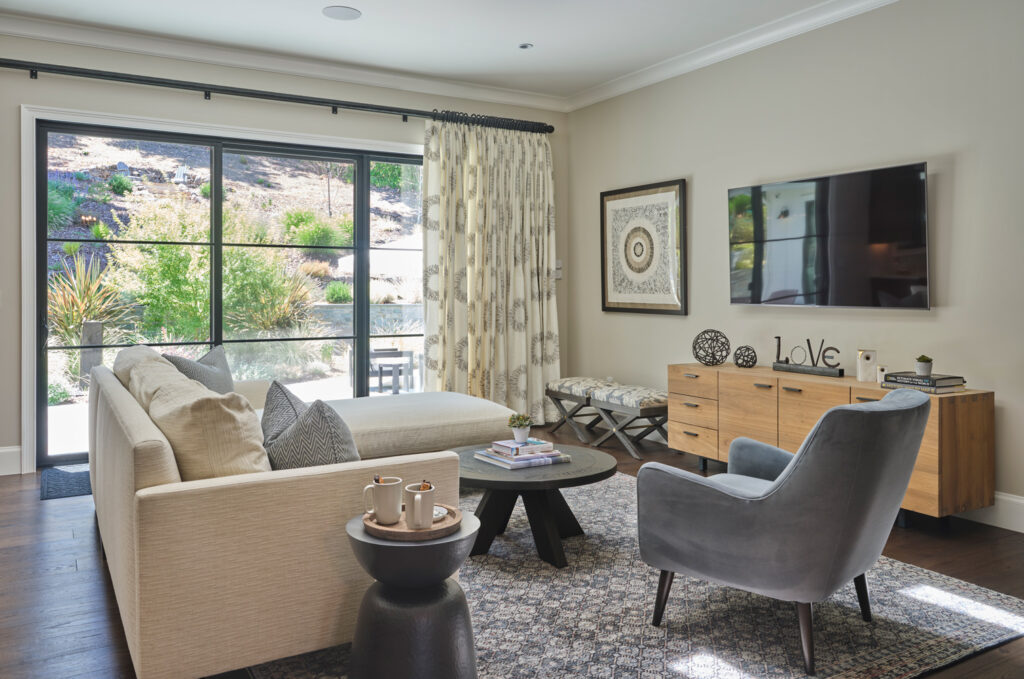
Selecting the right lighting for your home involves considering various factors, including energy efficiency, environmental impact, and personal comfort. By understanding the advantages and drawbacks of different types of lighting, you can make informed decisions to create a well-lit and sustainable living environment that meets your needs and preferences.
Natural Lighting
Harnessing natural lighting through skylights and windows offers significant energy efficiency advantages, as it reduces the need for artificial lighting and minimizes energy consumption. This not only lowers electricity bills but also reduces carbon emissions, contributing to a healthier environment. Natural lighting provides personal health benefits by promoting well-being, enhancing mood, and increasing productivity. Exposure to natural light has been linked to improved sleep patterns and circadian rhythms, leading to better overall health and wellness.
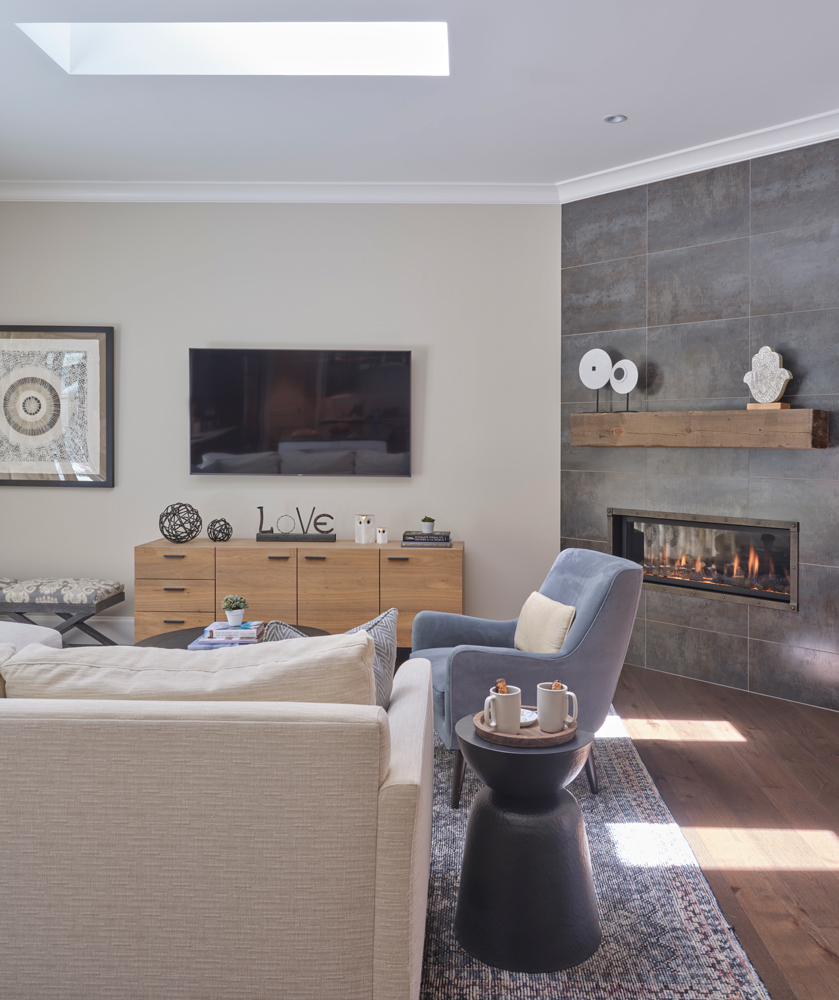
However, glare and heat gain can be challenges associated with natural lighting, requiring thoughtful design solutions to mitigate these issues while maximizing energy efficiency and comfort.
Smart Skylights
Smart skylights, the innovative roof windows of the future, provide a sun-responsive and eco-friendly way to illuminate your home with natural light. These skylights adapt to the sun’s intensity, ensuring a comfortable indoor temperature throughout the year and reducing the need for energy-intensive ventilation systems. They seamlessly integrate with your smart home, offering the convenience of adjusting their brightness like regular lights, thereby eliminating the need for additional bulbs.

However, smart skylights aren’t without drawbacks. Due to their electrical components and wireless connectivity, smart skylights may emit electromagnetic fields (EMFs). While an uncommon concern, excessive exposure to high levels of EMFs has been associated with various health concerns, including headaches, fatigue, and sleep disturbances. Prolonged exposure to glare may contribute to visual fatigue and headaches, especially for individuals with sensitivity to bright light or those who spend extended periods indoors.
LED Bulbs
LED bulbs offer significant energy efficiency benefits, resulting in reduced electricity bills and lower carbon emissions, which contribute to a healthier planet. With a longer lifespan compared to traditional bulbs, they require less frequent replacements, reducing waste and promoting environmental sustainability. They are a favorite amongst seniors as they require less maintenance. LED bulbs are also environmentally friendly, as they do not contain harmful materials like mercury, ensuring safer disposal.
However, some individuals may experience discomfort due to the brightness or flickering of LED lights, and there are potential health concerns associated with blue light emissions, which can affect sleep patterns and eye health if not properly managed.
Light Tubes
Light tubes, also known as tubular skylights, offer an energy-efficient alternative to traditional skylights by capturing and directing natural light into interior spaces. By harnessing sunlight during daylight hours, light tubes reduce the need for artificial lighting, resulting in energy savings and reduced carbon emissions. This benefits the environment by conserving resources and promoting sustainability.
Light tubes themselves are generally safe, but there are a few things to keep in mind. Older skylights might lack UV filters, so opt for tubes with built-in filtering or ensure your skylight has UV protection. Light tubes, like electronics, emit blue light, which can disrupt sleep if it is intense in the evenings. Lastly, improper installation can lead to leaks and moisture issues. Hiring a professional for installation minimizes these risks.
Harnessing Renewable Energy
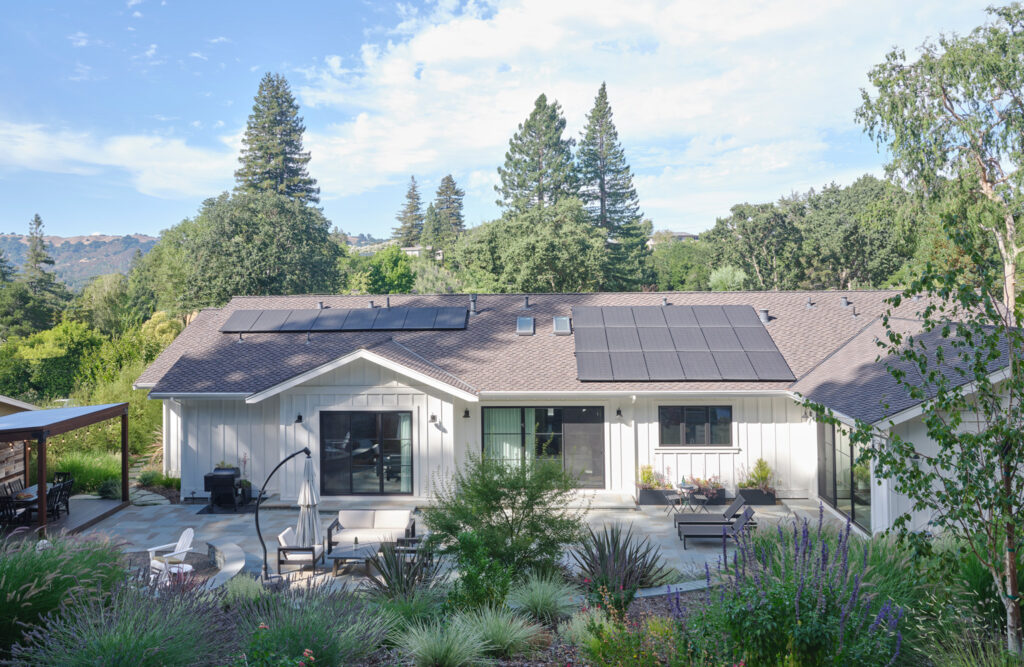
Incorporating renewable energy solutions into home heating and cooling systems presents a win-win scenario for both individuals and the environment. By investing in high-efficiency heating and cooling systems, homeowners can significantly reduce their carbon footprint, contributing to cleaner air and mitigating climate change.
Moreover, these systems promote energy efficiency, resulting in lower utility bills and long-term cost savings. Renewable energy solutions such as solar panels and geothermal heating decrease reliance on fossil fuels, mitigate pollution, and create healthier indoor environments.
Implementing Efficient Water Management

By choosing low-flow toilets and showerheads, we not only conserve precious water resources but also reduce water bills and minimize energy usage for water heating, contributing to lower carbon emissions. Additionally, these water-saving fixtures promote a healthier environment by decreasing the strain on local water sources, ensuring that every drop counts towards preserving our planet’s finite water supply.
Incorporating greywater recycling systems for landscape irrigation offers another avenue for sustainable water management. By repurposing wastewater from sinks, showers, and laundry for outdoor use, we reduce the demand for freshwater while nourishing our gardens and landscaping. Moreover, greywater recycling systems contribute to a safer and healthier environment by reducing the risk of water contamination and supporting the growth of thriving ecosystems in our yards.
Towards an Earth-Friendly Future
Prioritizing sustainable material choices and practices in home design is not only essential for reducing our environmental footprint but also for promoting healthier and more harmonious living spaces. By selecting eco-friendly materials and implementing sustainable design principles, you, too, can contribute to preserving our planet while creating homes that prioritize personal well-being. We encourage you to take the next step towards Earth-friendly design by contacting us at Douglah Designs. With our expertise and dedication to sustainability, we can help you transform your vision into reality, ensuring that your home reflects your commitment to a healthier, more sustainable future.

